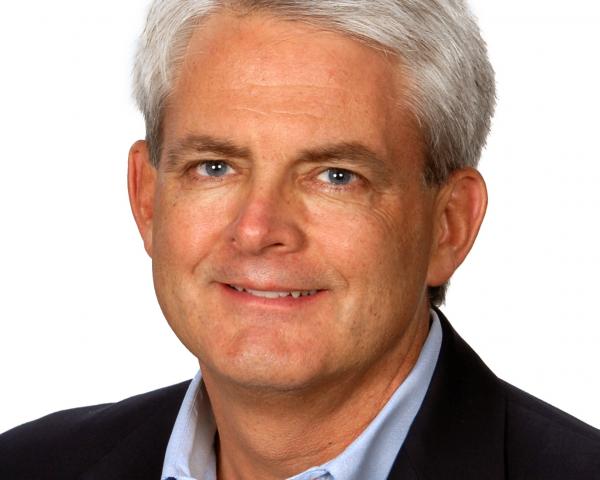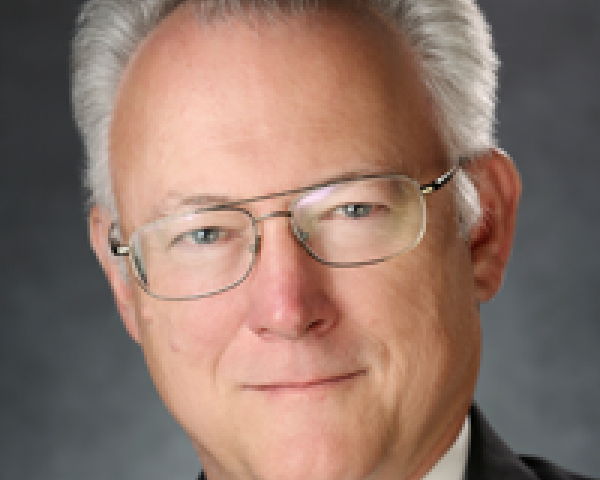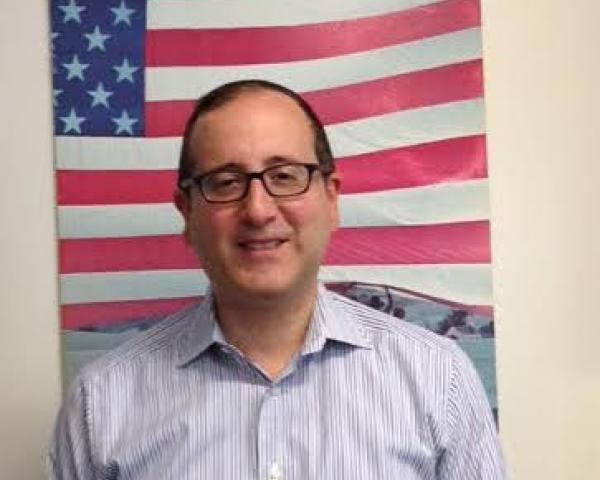I recently had the pleasure of attending
#CityChain17 (blockchain conference) at IBM’s SouthBank offices.
Chaired by
Paul Forrest (chairman of MBN Solutions), the conference was an opportunity to learn about blockchain and how it is being applied.
In the past, I viewed the hype about blockchain (following excitement about Bitcoin its most famous user) as just another fad that might pass.
However, as more businesses have got involved in piloting potential applications, it’s become obvious that there really is something in this – even if its manifestations are now much more commercial than the hacking by Bitcoin fans.
CityChain17 brought together a number of suppliers and those helping shape the industry. It was a great opportunity to hear voices, at times contradictory,and see what progress has been made toward mainstream adoption. There was so much useful content that I made copious notes and will share a series of two blog posts on this topic.
So, without further ado, as a new topic for our blog, here is part 1 of my recollections from this blockchain conference.
Introducing blockchain and why it matters
The first speaker was
John McLean from IBM. He reviewed the need that businesses have for a solution to the problem of increasingly complex business and market networks, with the need to securely exchange assets, payments or approvals between multiple parties. He explained that, at core, blockchain is just a distributed ledger across such a network.
In such a scenario, all participants have a regulated local copy of the ledger, with bespoke permissions to approve blocks of information.
However, he also highlighted that today’s commercial applications of blockchain differ from the famous Bitcoin implementation:
- Such applications can be internal or external.
- Business blockchain has identity rather than anonymity, selective endorsement versus proof of work and wider range of assets vs. a cryptocurrency.
- Blockchain for businesses is interesting because of the existing problems it solves. Broader participation in shared ledger reduces cost and reconciliation workload. Smart contracts offer embedded business rules with the data blocks on the ledger. Privacy improves because transactions are secure, authenticated and verifiable. So does trust because all parties are able to trust a shared ledger – all bought in.
- Several sectors are currently testing blockchain implementations, including financial services, retail, insurance, manufacturing and the public sector.
Finally, John went on to outline how IBM is currently enabling this use of blockchain technology (including through its participation in the
Hyperledger consortium and its
Fabric Composer tool).
See also: 5 Main Areas for Blockchain Impact
Comparing blockchain to databases, anything new?
As someone who was involved in the early days of data warehouses and data mining, I was delighted to hear the next speaker (
Dr. Gideon Greenspan from
Coin Sciences) talk about databases. Acknowledging that a number of the so-called unique benefits of blockchain can already be delivered by databases, Gideon began by suggesting there had been three phases of solutions to the business challenges of exchanging and coordinating data:
- Peer-to-peer messaging
- Central shared database
- Peer-to-peer databases
He had some great examples of how the "unique benefits" of blockchain could be achieved with databases already:
- Ensuring consensus in data (B-trees in relational databases)
- Smart contracts (the logic in these equal stored procedures)
- Append-only inserts (database that only allows inserts)
- Safe asset exchanges (the ACID model of database transactions)
- Robustness (distributed and massively parallel databases)
Even more entertaining, in a room that was mainly full of blockchain advocates, developers or consultants, Gideon went on to list what was worse about blockchain vs. databases:
- Transaction immediacy (ACID approach is durable, but blockchains need to wait for consensus)
- Scalability (because of checks, blockchain nodes need to work harder)
- Confidentiality (blockchains share more data)
After such honesty and frankly geeky database technology knowledge, Gideon was well-placed to be an honest adviser on sensible use of blockchain. He pointed out the need to consider the trade-offs between blockchain and database solutions. For instance, what is more important for your business application:
- Disintermediation or confidentiality?
- Multiparty robustness or performance?
Moving to more encouraging examples, he shared a few that have promising blockchain pilots underway:
- An instant payment network (using tokens to represent money, it’s faster, with real-time reconciliation and regulatory transparency)
- Shared metadata solution (as all data added to the blockchain is signed, time-stamped and immutable – interesting for GDPR requirements, even if the "right to be forgotten" sounds challenging)
- Multi-jurisdiction processes (regulators are interested)
- Lightweight financial systems (e.g. loyalty schemes)
- Internal clearing and settlements (e.g. multinationals)
But a final warning from Gideon was to be on the watch for what he termed "half-baked blockchains." He pointed out the foolishness of:
- Blockchains with one central validator
- Shared state blockchains (same trust model as a distributed database)
- Centrally hosted blockchain (why not a centralized database?)
Gideon referenced his work providing the
multichain open platform, as another source for advice and resources.
Blockchain is more complex, hence the need for technical expertise
A useful complement (or contradictory voice, depending on your perspective) was offered next.
Simon Taylor (founder of 11:FS and ex-Barclays innovation leader), shared more on the diversity of technology solutions.
Simon is also the founder of yet another influential and useful group working on developing/promoting blockchain, the
R3 Consortium. He credits much of what he has learned to a blogger called
Richard Brown, who offers plenty of advice and resources on his blog:
One idea from Richard that Simon shared is the idea that different technology implementations of blockchain, or platforms for developing, are best understood as being on a continuum, from more centralized applications for FS (like Hyperledger and
Corda) being at one end and the radically decentralized Wild West making up the other end (Bitcoin, z-Cash and
Ethereum). He suggests the interesting opportunities lie in the middle ground between these poles (currently occupied by approaches like
Stellar and
Ripple).
Simon went on to suggest a number of principles that are important to understand:
- The shared ledger concept offers better automated reconciliation across markets.
- But, as a result, confidentiality is a challenge (apparently Corda et al. are solving this, but at the expense of more centralization).
- No one vendor (or code-base/platform) has yet won.
- It is more complicated than the advertising suggests, so look past the proof of concept work to see what has been delivered (he suggests looking at interesting work in Tel Aviv and at what Northern Trust is doing).
To close, Simon echoed a few suggestions that will sound familiar to data science leaders. There continues to be an education and skills gap. C-Suite executives recognize there is a lot of hype in this area and so are seeking people they can trust as advisers. Pilot a few options and see what approach works best for your organization.
He also mentioned the recruitment challenge and suggested not overlooking hidden gems in your own organization. Who is coding in their spare time anyway?
In his Q&A, GDPR also got mentioned, with a suggestion that auditors will value blockchain implementations as reference points with clear provenance.
See also: Why Blockchain Matters to Insurers
Time for a blockchain panel
After three talks, we had the opportunity to enjoy a panel debate. Paul Forrest facilitated, and we heard answers on a number of topics from experts across the industry. Those I agreed with (and thus remembered) were
Tomasz Mloduchowski,
Isabel Cooke and
Parrish Pryor-Williams.
I took the opportunity to ask about the opportunity for more cooperation between the
data science and blockchain communities, citing that both technology innovations needed to prove their worth to the C-suite and had some overlapping data needs. All speakers agreed that more cooperation between these communities would be helpful.
Isabel’s team at Barclays apparently benefits from being co-located with the data science team, and Parrish reinforced the need to focus on customer insights to guide application of both technologies. What panelists appear to be missing is that, in most large organizations, blockchain is being tested within IT or digital teams, with
data science left to marketing or finance/actuarial teams. This could mean a continued risk of siloed thinking rather than the cooperation needed.
An entertaining, question concerned what to do with all the fakes now rapidly adding blockchain as a buzzword to their CVs and LinkedIn profiles. Surprisingly, panelists were largely positive about this development. They viewed it as an encouraging
tipping point of demand and a case that some will need to
fake it 'til they make it. There was also an encouragement to use
meetups to get up-to-speed more quickly (for candidates and those asking the questions).
The panel also agreed that there was still a lack of agreement on terms and language, which sometimes got in the way. Like the earlier days of internet and data science, there are still blockchain purists railing against the more commercial variants. But the consensus was that standards would emerge and that most businesses were remaining agnostic on technologies while they learned through pilots.
The future for blockchain was seen as being achieved via collaborations, like
R3 and
Hyperledger. A couple of panelists also saw
fintech startups as the ideal contenders to innovate in this space, having the owner/innovator mindset as well as the financial requirements.
It will be interesting to see which predictions turn out to be right.
What next for blockchain and you?
How do you think blockchain develops, and do you care? Will it matter for your business? Have you piloted to test that theory?
I hope my reflections act as a useful contact list of those with expertise to share in this area. Let us know if this topic is something you would like covered more, on
Customer Insight Leader blog.
That’s it for now. More diverse voices on blockchain in Part 2….















